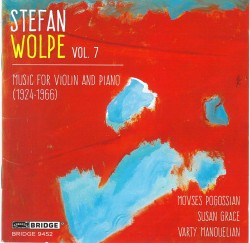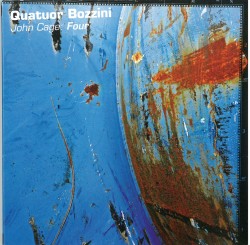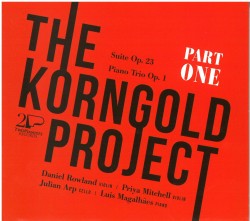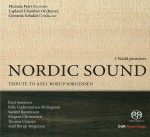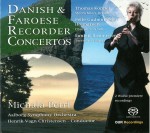Tim Brady: The How and The Why of Memory - Symphony Nova Scotia
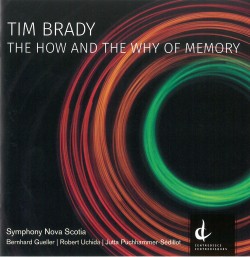 Tim Brady – The How and The Why of Memory
Tim Brady – The How and The Why of Memory
Symphony Nova Scotia
Centrediscs CMCCD 21515
Montrealer Tim Brady is a fertilizing force on the Canadian new music scene. A composer, electric guitarist, improvising musician, concert and record producer, his active administrative engagement with the Canadian concert music community over the past few decades has been multifaceted and deep. On this album, as distinct from previous Brady albums I have reviewed in these pages, we hear his composer chops applied to orchestral forces: a symphony bookended by two string concertos, one for violin and one for viola. They are admirably rendered by Symphony Nova Scotia, conducted by Bernhard Gueller.
Listening to The How and the Why of Memory: Symphony #4, (2010-2013), cast in a single continuously unfolding movement, I was repeatedly reminded of textures and rhythmic and harmonic ideas of composers active in the early- to mid-20th century. Perhaps those allusions are implied by the title. Brady however never allows such superficial affiliations to get in the way of musical momentum or dramatic gesture, characteristics embedded in his musical voice which engage listeners on an emotional level.
Brady’s very confident Viola Concerto (2012-2013) is dominated by its violist Jutta Puchhammer-Sédillot’s cocoa-coloured sound and brilliantly lyrical playing. It is also imbued with a heart-on-sleeve expressiveness, counterpointed by poised classicist melodic phrases and minimalist sequences. The multi-hued orchestration is endowed with plenty of rhythmic excitement and harmonic movement, relieved by mysterious moments of elegiac repose. The last section, marked “groove,” is particularly effective and texturally surprising. The Viola Concerto is my favourite work on the album and it makes a very valuable new addition to the international viola concerto repertoire.


